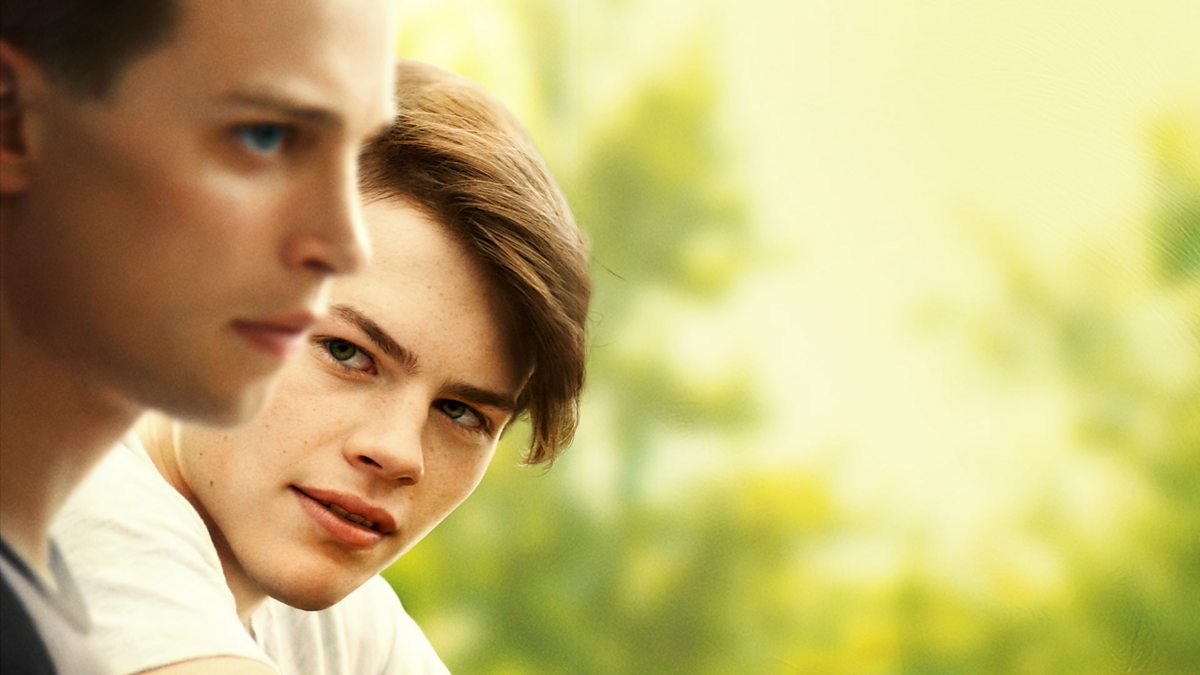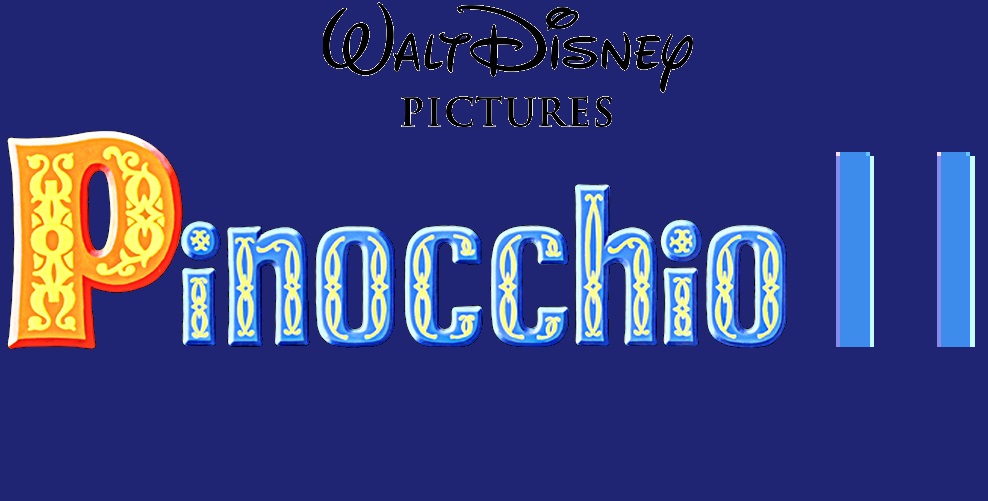Giant Little Ones: A Coming-of-Age Story of Identity and Friendship
Released in 2018, Giant Little Ones is a Canadian drama directed by Keith Behrman that delicately explores the turbulence of adolescence, sexuality, and the bonds of friendship. Rather than following a predictable coming-out narrative, the film approaches the theme of identity with nuance, showing that growing up is often more about the questions we ask ourselves than the labels we adopt.
At the heart of the story is Franky Winter, played with sensitivity by Josh Wiggins. Franky is a popular teenager, a talented swimmer, and seemingly comfortable in his life. Alongside him is his best friend Ballas, portrayed by Darren Mann, who shares both his competitive drive and social status. Their friendship is one of easy familiarity, shaped by years of trust. However, that trust unravels after an intimate encounter between the two boys on Franky’s birthday, which becomes a catalyst for conflict, gossip, and self-reflection.

The brilliance of Giant Little Ones lies in its refusal to force its characters into neat categories. Franky does not embrace or reject a particular sexual identity after the incident, and the film avoids the common trope of defining teenage experiences through a single label. Instead, it captures the confusion and fluidity of adolescence. This choice reflects a modern understanding of sexuality and identity, allowing audiences to see themselves in the gray areas of growing up.
Family relationships also add depth to the narrative. Franky’s mother, played by Maria Bello, is a steady source of love and reassurance, while his father, portrayed by Kyle MacLachlan, is more distant after leaving the family to live with a male partner. Their separation forces Franky to navigate his own feelings about loyalty, betrayal, and acceptance. The tension between father and son becomes a mirror of Franky’s broader struggles, underlining how personal identity is shaped not just by peers but by family dynamics.
Visually, the film balances realism with intimacy. Cinematographer Guy Godfree captures both the vibrancy of teenage life—swimming competitions, parties, and late-night bike rides—and the quiet, contemplative moments when Franky confronts his inner turmoil. The soundtrack enhances this mood, weaving contemporary music with subtle atmospheric tones that echo the shifting emotions of the characters.

What sets Giant Little Ones apart from many other coming-of-age dramas is its hopeful tone. While the fallout of Franky and Ballas’s encounter leads to bullying, misunderstanding, and fractured friendships, the story ultimately emphasizes resilience. Franky’s journey is not about fitting into societal boxes but about embracing honesty, empathy, and the courage to live authentically, even in uncertainty. The film’s final moments suggest that identity is not a destination but a process—one that deserves compassion and patience.
Critically acclaimed for its authenticity and emotional depth, Giant Little Ones resonates with both young audiences and adults who remember the confusion of adolescence. By rejecting stereotypes and focusing on the complexities of friendship and self-discovery, the film affirms that growing up is less about the answers we find and more about learning to live with the questions.
-1751689771-q80.webp)

